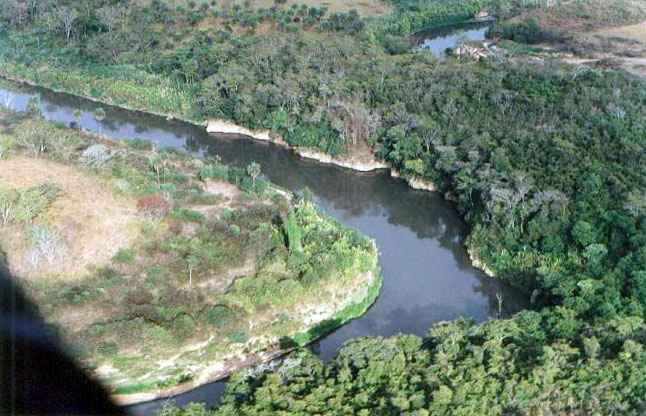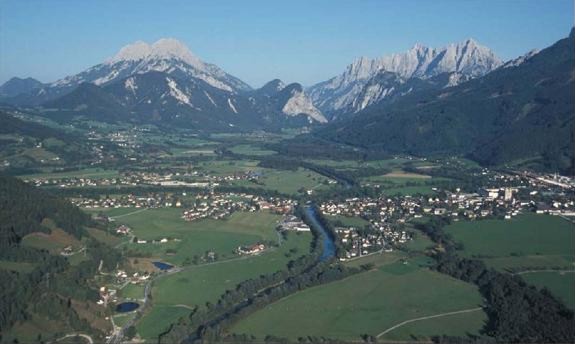A Appendix: Landscape perspectives of rivers
Figure I: The Upper Mainstem Willamette River, Oregon, USA. Photo by Steve Cline,
USEPA-Corvallis. Despite being channelized in the early 20th century and having multiple
hydropower dams in its major tributaries, the upper mainstem of this floodplain river retains channel
complexity in the form of side channels, islands, and alcoves.
Figure II: Rio das Velhas, Minas Gerais, Brazil. Photo taken by Carlos Alves, Manuelzao Project.
Lacking mainstem or major tributary dams, the das Velhas floods during the rainy season and
supports multiple, permanent, off-channel lakes (lagoas) providing reproductive and rearing habitat
for aquatic vertebrates.
Figure VII: Intermittent tributaries of the Calapooia River, Oregon, USA. Photo by Randy Colvin,
Department of Fisheries and Wildlife, Oregon State University. Nearly all of the visible channels
(agricultural ditches) are only wet during the rainy season, yet they provide overwintering refuge
habitat for spawning and rearing native fish, including salmonids.











